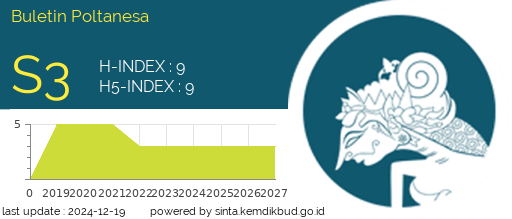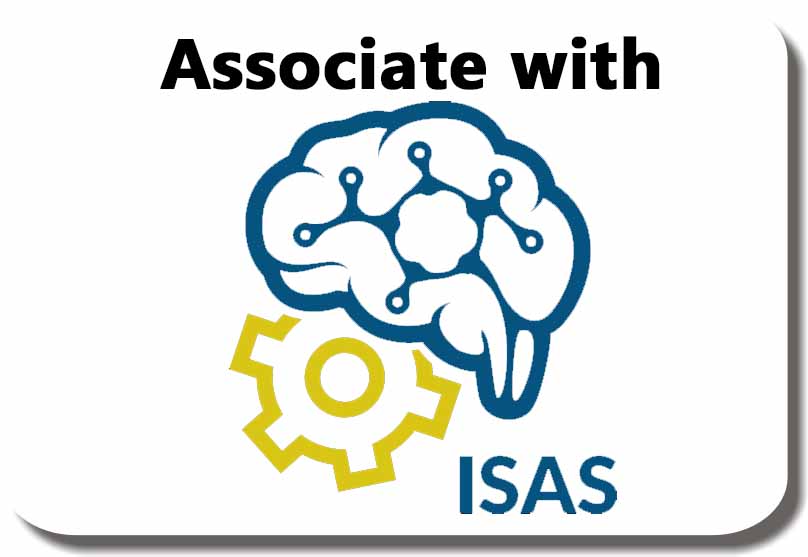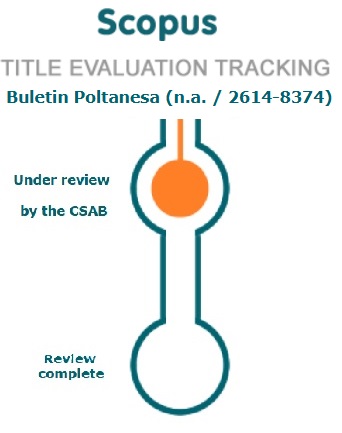Air Pollution Assessment of Samarinda Using the C4.5 Algorithm
DOI:
https://doi.org/10.51967/tanesa.v24i2.2946Keywords:
ESP32, Air quality, C4.5 Algorithm, Internet of Things, Classifying air qualityAbstract
The degradation of air quality in numerous Indonesian cities is attributed to the swift proliferation of motorised vehicles, rapid population growth, and inadequate green spaces. Samarinda, the capital of East Kalimantan province, is plagued by high levels of pollution resulting from heavy vehicle exhaust emissions. The provision of accurate air quality information can mitigate respiratory issues. However, the public does not have access to air quality information due to the high cost of air quality measuring devices. Therefore, an Internet of Things (IoT)-based air pollution monitoring system using ESP32 is needed to provide interactive and real-time information. This study tested the C4.5 algorithm to classify air quality data based on six measurement parameters: PM10, PM2.5, CO, O3, and NO2. PM10 and PM2.5 particles are the primary pollutants that significantly impact human health. The World Health Organization (WHO) has set an annual quality standard value of 20μg/m3 for PM10 and 10μg/m3 for PM2.5. Carbon Monoxide (CO) can reduce the blood's ability to carry oxygen, which can affect the function of vital organs such as the heart and brain. Ozone (O3) on the Earth's surface is a harmful pollutant that can damage the lungs and other respiratory systems. Nitrogen dioxide (NO2) can cause lung inflammation and lower immunity to infections, such as influenza and pneumonia. This study uses the C4.5 algorithm to classify air quality data based on these parameters, which are important for determining air quality. The results show that air quality is divided into two types: good and moderate, with different proportions each day. The C4.5 algorithm achieved a success rate of 99.5074% and a failure rate of 0.4926% when processing air quality data. It was effective in classifying air quality and processing data. An Internet of Things (IoT)-based air pollution monitoring system using ESP32 is needed to provide interactive and real-time information to the public.
References
Abidin, J., & Artauli Hasibuan, F. (2019). Pengaruh Dampak Pencemaran Udara Terhadap Kesehatan Untuk Menambah Pemahaman Masyarakat Awam Tentang Bahaya Dari Polusi Udara. Prosiding Seminar Nasional Fisika Universitas Riau IV (SNFUR-4), September, 1–7.
Agista, P., Gusdini, N., & Maharani, M. (2020). Analisis Kualitas Udara Dengan Indeks Standar Pencemar Udara (Ispu) Dan Sebaran Kadar Polutannya Di Provinsi Dki Jakarta. Sustainable Environmental and Optimizing Industry Journal, 2(2), 39–57. https://doi.org/10.36441/seoi.v2i2.491
Damayunita, A., Fuadi, R. S., & Juliane, C. (2022). Comparative Analysis of Naive Bayes, K-Nearest Neighbors (KNN), and Support Vector Machine (SVM) Algorithms for Classification of Heart Disease Patients. Jurnal Online Informatika, 7(2), 219–225. https://doi.org/10.15575/join.v7i2.919
Dobrzyniewski, D., Szulczyński, B., & Gębicki, J. (2022). Application of a Gas Sensor Array to Effectiveness Monitoring of Air Contaminated with Toluene Vapors Absorption Process. Journal of Ecological Engineering, 23(10), 269–282. https://doi.org/10.12911/22998993/152427
Febriani, S., & Sulistiani, H. (2021). Analisis Data Hasil Diagnosa Untuk Klasifikasi Gangguan Kepribadian Menggunakan Algoritma C4.5. 89Jurnal Teknologi Dan Sistem Informasi (JTSI), 2(4), 89–95.
Feng, H., & Zhang, X. (2023). A novel encoder-decoder model based on Autoformer for air quality index prediction. PLoS ONE, 18(4 APRIL), 1–18. https://doi.org/10.1371/journal.pone.0284293
Greenstone, M., & Fan, Q. (Claire). (2019). Kualitas udara Indonesia yang memburuk dan dampaknya terhadap harapan hidup. Air Quality Life Index, 1–10. https://aqli.epic.uchicago.edu/wp-content/uploads/2019/03/Indonesia.Indonesian.pdf
Hidayat, M. A., & Noor, A. (2020). Pengaruh Pertumbuhan Ekonomi Terhadap Alih Fungsi Lahan di Kota Samarinda. Inovasi, 16(2), 10. http://journal.feb.unmul.ac.id/index.php/INOVASI/article/view/8256
IBM. (n.d.). What is a Decision Tree | IBM. In www.ibm.com. https://www.ibm.com/topics/decision-trees
Marlina, D., & Bakri, M. (2021). Penerapan Data Mining Untuk Memprediksi Transaksi Nasabah Dengan Algoritma C4.5. Jurnal Teknologi Dan Sistem Informasi (JTSI), 2(1), 23–28.
Rahmawati, D. S., & Khairina, R. L. (2021). Pengaruh Kualitas Udara Dalam Ruangan Bagi Performa Akademik Pelajar: Sebuah Tinjauan Literatur. Js (Jurnal Sekolah), 5(1), 34. https://doi.org/10.24114/js.v5i1.22703
Sari, R. P., & Mayasari, D. (2020). Penatalaksanaan Holistik Penyakit Paru Obstruktif Kronik pada Lansia dengan Riwayat Merokok dan Paparan Polusi Udara. Medula, 10(2), 257–266.
Syihabuddin Azmil Umri, S. (2021). Analisis Dan Komparasi Algoritma Klasifikasi Dalam Indeks Pencemaran Udara Di Dki Jakarta. JIKO (Jurnal Informatika Dan Komputer), 4(2), 98–104. https://doi.org/10.33387/jiko.v4i2.2871
United States Environmental Protection Agency. (2018). Technical Assistance Document for the Reporting of Daily Air Quality – the Air Quality Index (AQI). Environmental Protection, 22. https://airnowtest.epa.gov/sites/default/files/2018-05/aqi-technical-assistance-document-may2016.pdf
Yuan, L., Qiang, L., Di, C., & Weizhi, L. (2023). Research on the strategy of locating abnormal data in internet of things management platform based on improved modified particle swarm optimization convolutional neural network algorithm. The Journal of Engineering, 2023(4). https://doi.org/10.1049/tje2.12263
Downloads
Published
How to Cite
Issue
Section
License
Copyright (c) 2024 Buletin Poltanesa

This work is licensed under a Creative Commons Attribution-ShareAlike 4.0 International License.
The copyright of this article is transferred to Buletin Poltanesa and Politeknik Pertanian Negeri Samarinda, when the article is accepted for publication. the authors transfer all and all rights into and to paper including but not limited to all copyrights in the Buletin Poltanesa. The author represents and warrants that the original is the original and that he/she is the author of this paper unless the material is clearly identified as the original source, with notification of the permission of the copyright owner if necessary.
A Copyright permission is obtained for material published elsewhere and who require permission for this reproduction. Furthermore, I / We hereby transfer the unlimited publication rights of the above paper to Poltanesa. Copyright transfer includes exclusive rights to reproduce and distribute articles, including reprints, translations, photographic reproductions, microforms, electronic forms (offline, online), or other similar reproductions.
The author's mark is appropriate for and accepts responsibility for releasing this material on behalf of any and all coauthor. This Agreement shall be signed by at least one author who has obtained the consent of the co-author (s) if applicable. After the submission of this agreement is signed by the author concerned, the amendment of the author or in the order of the author listed shall not be accepted.









